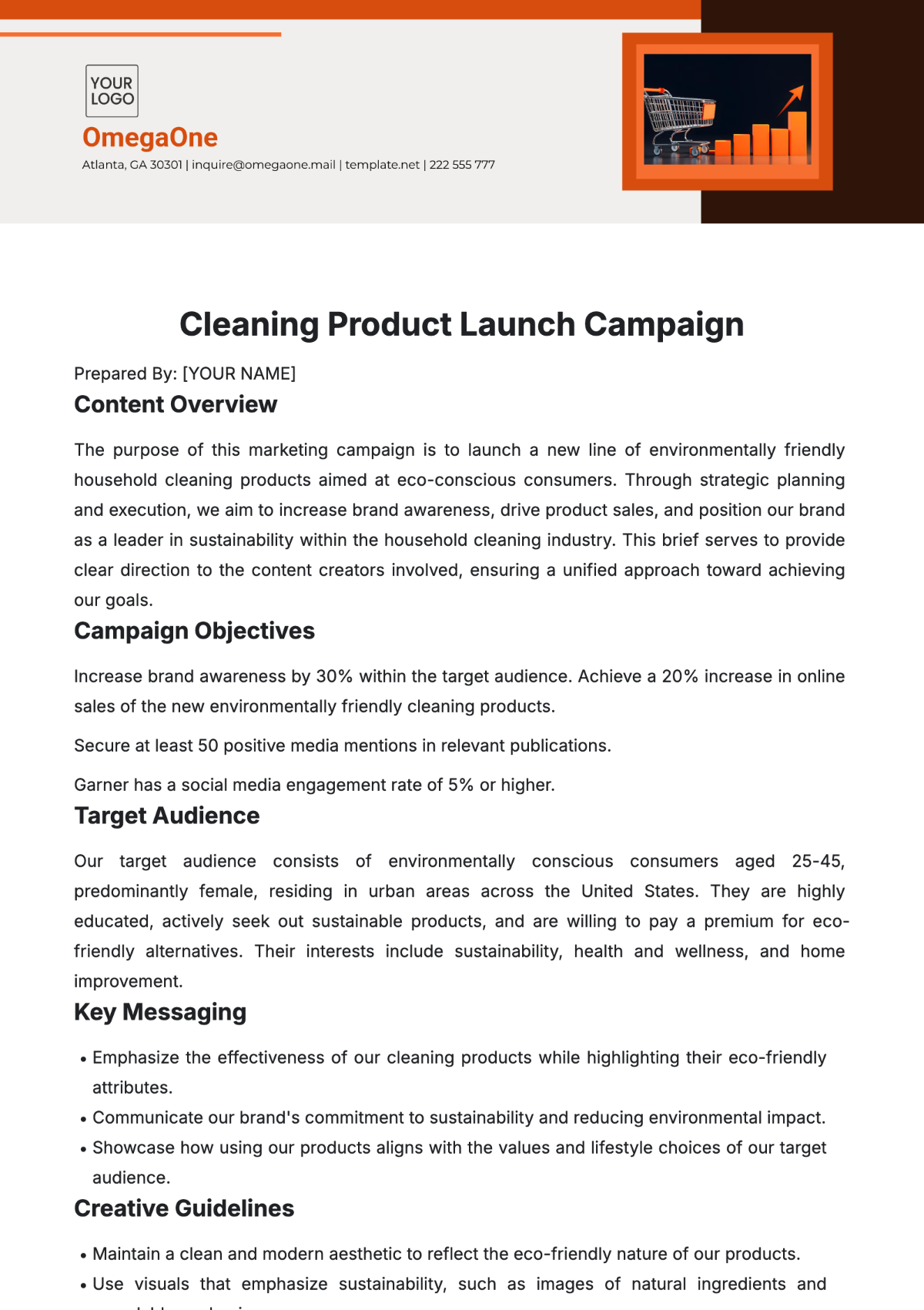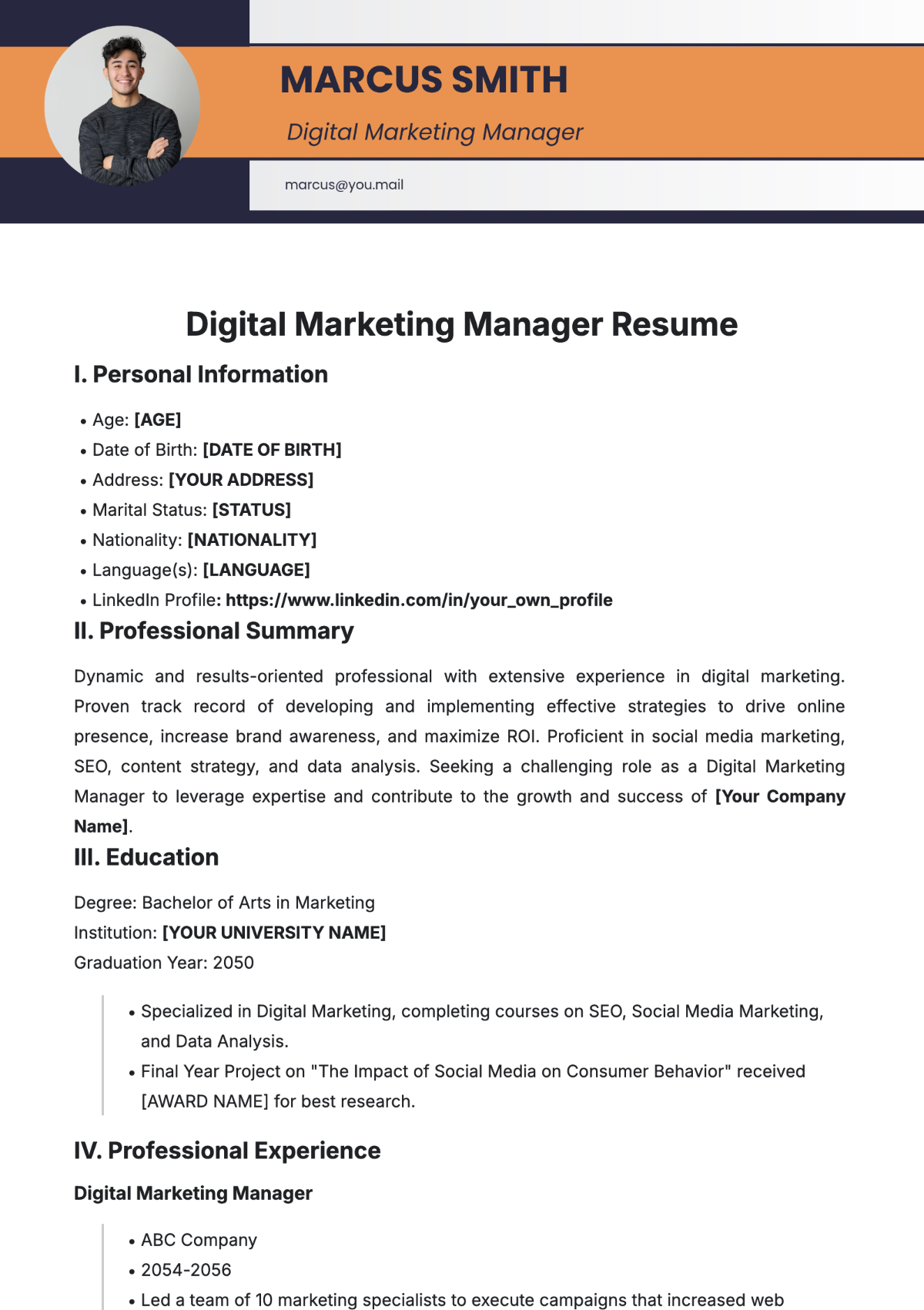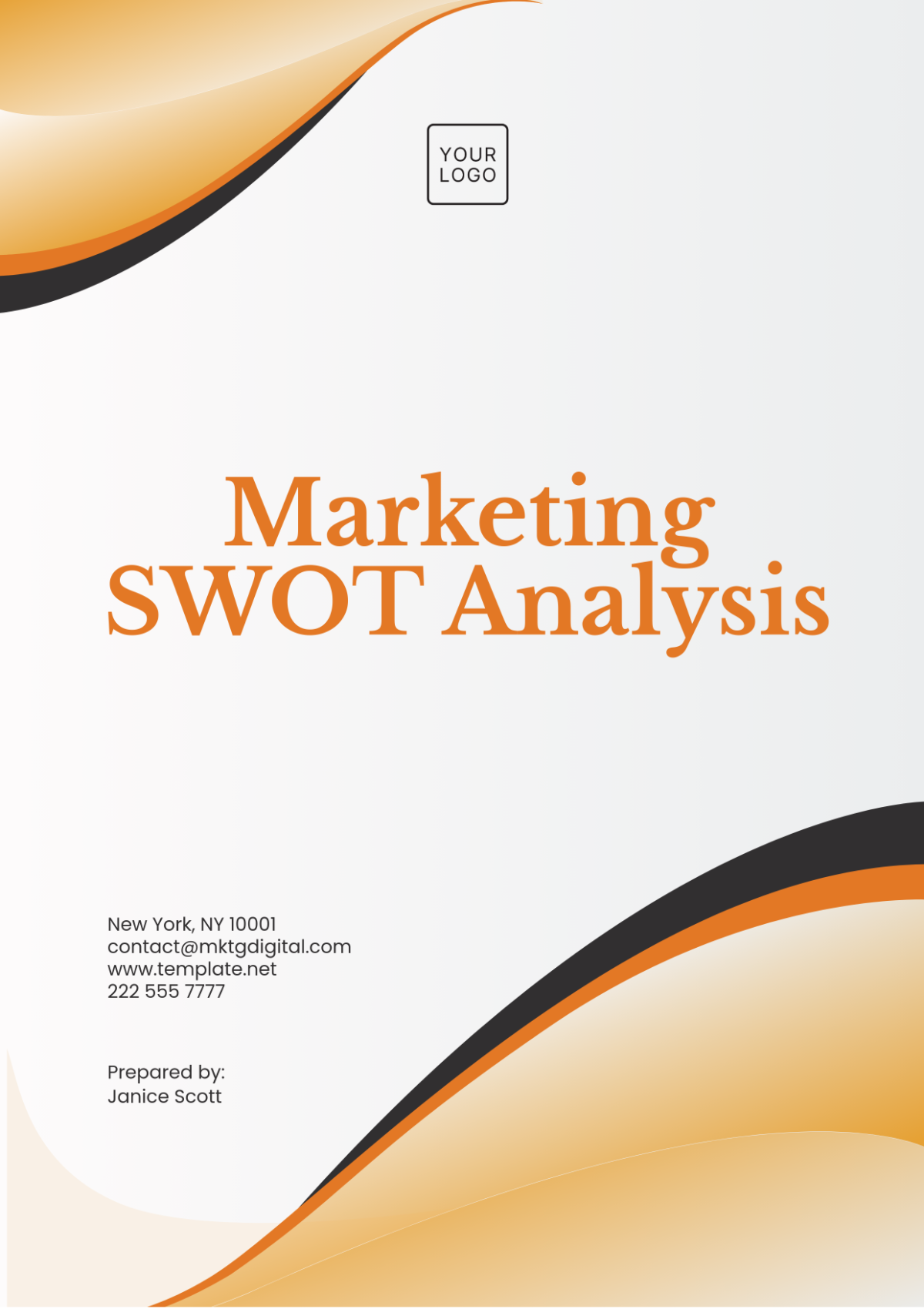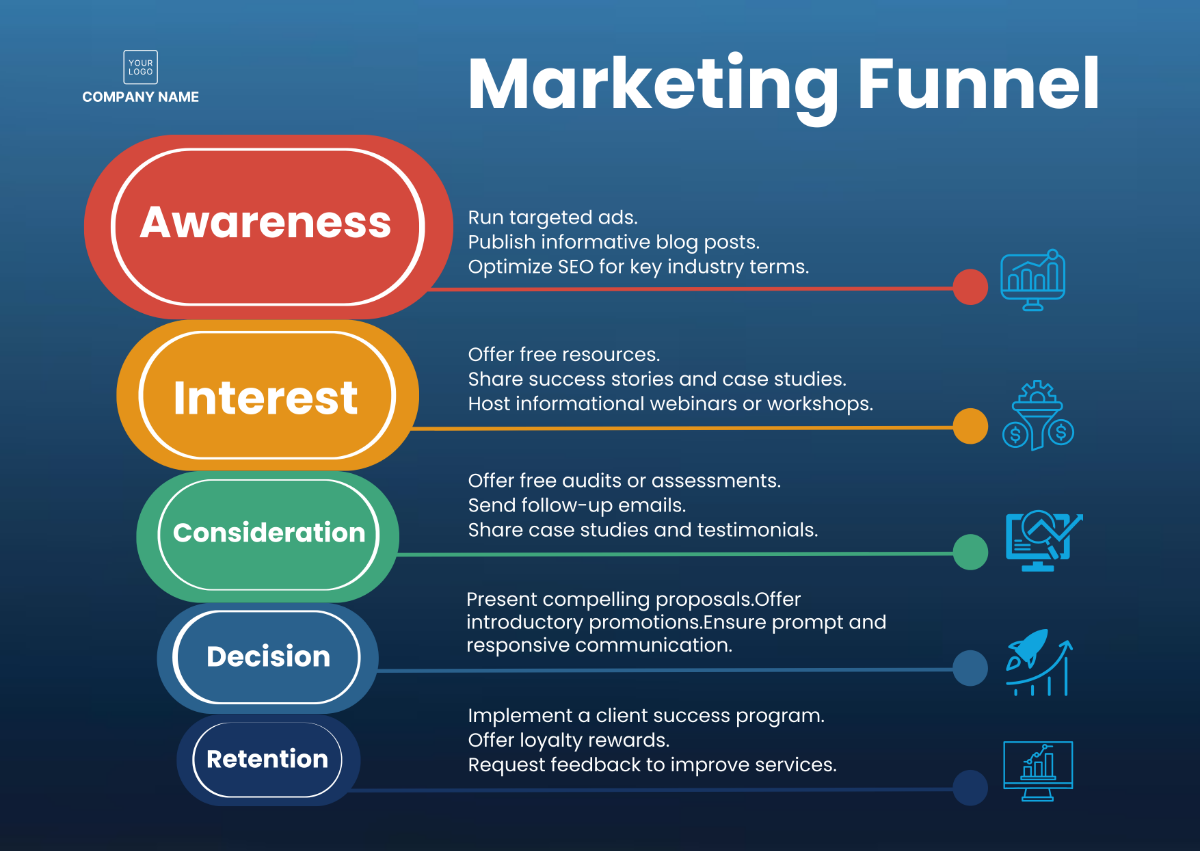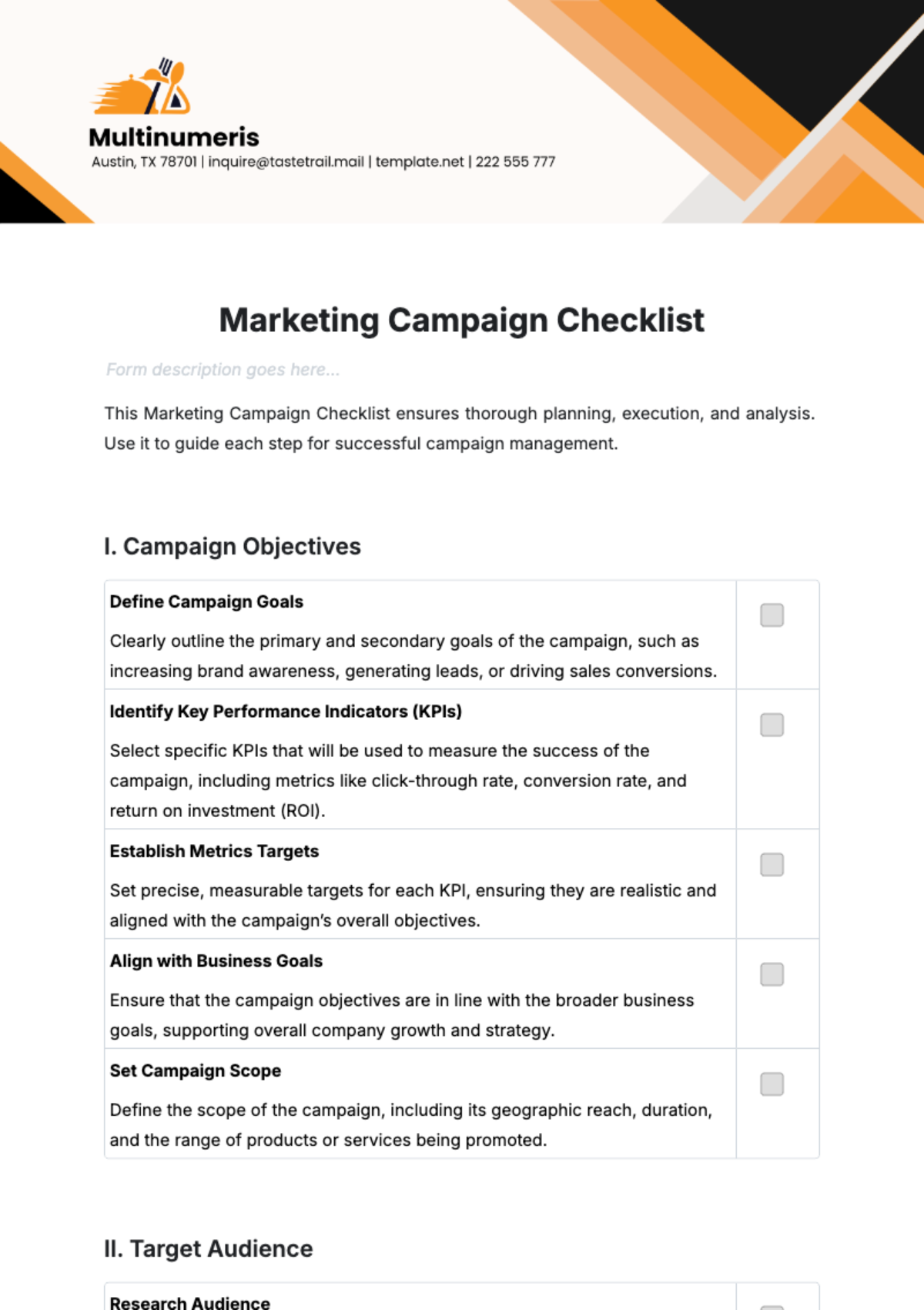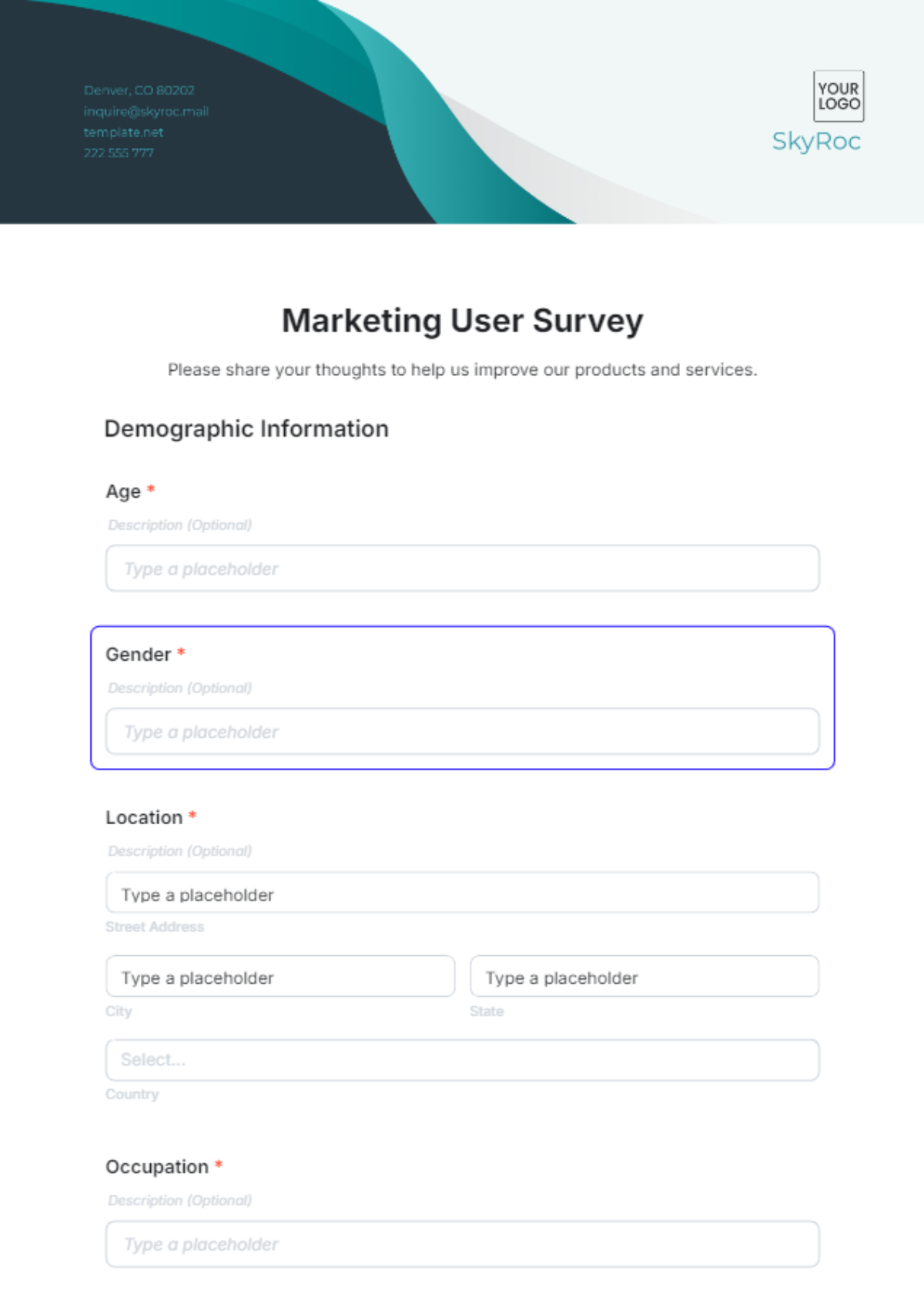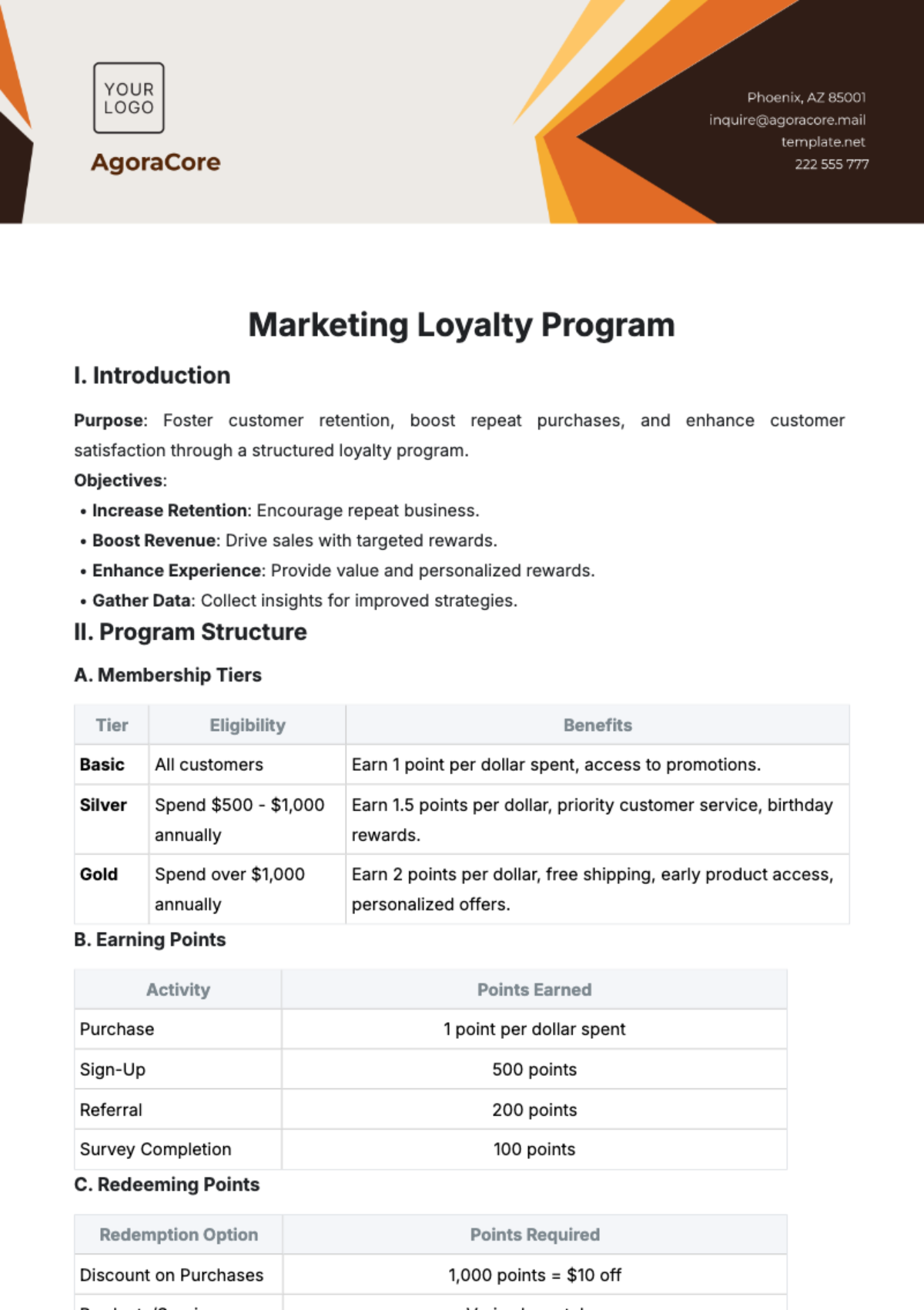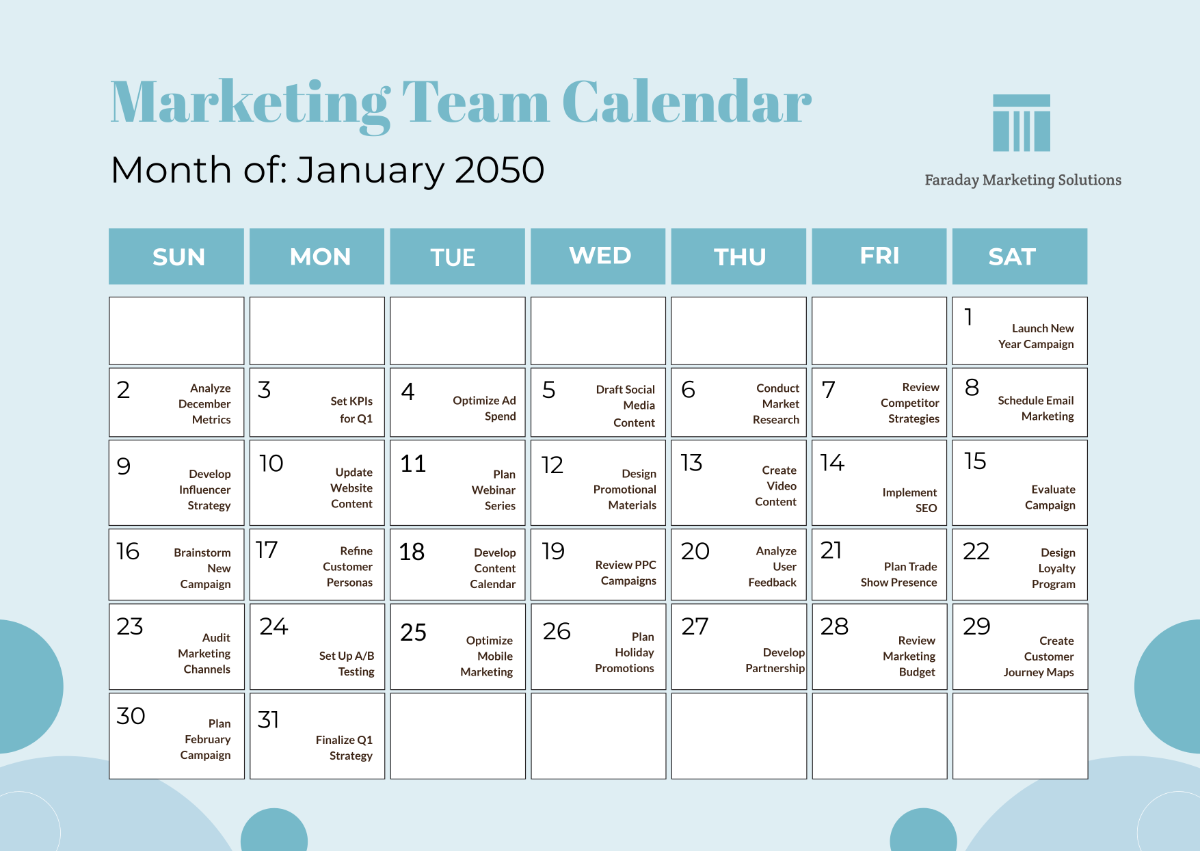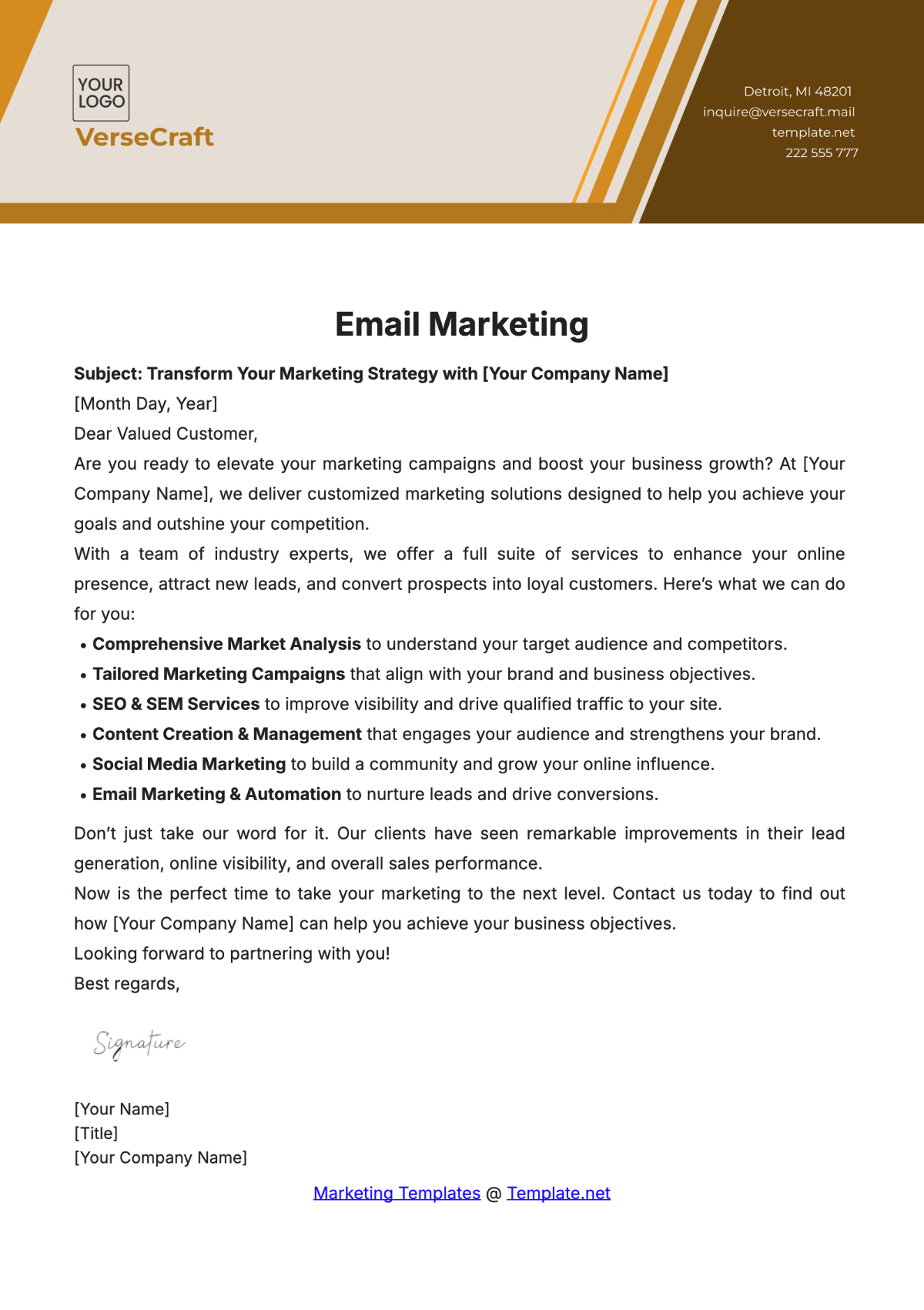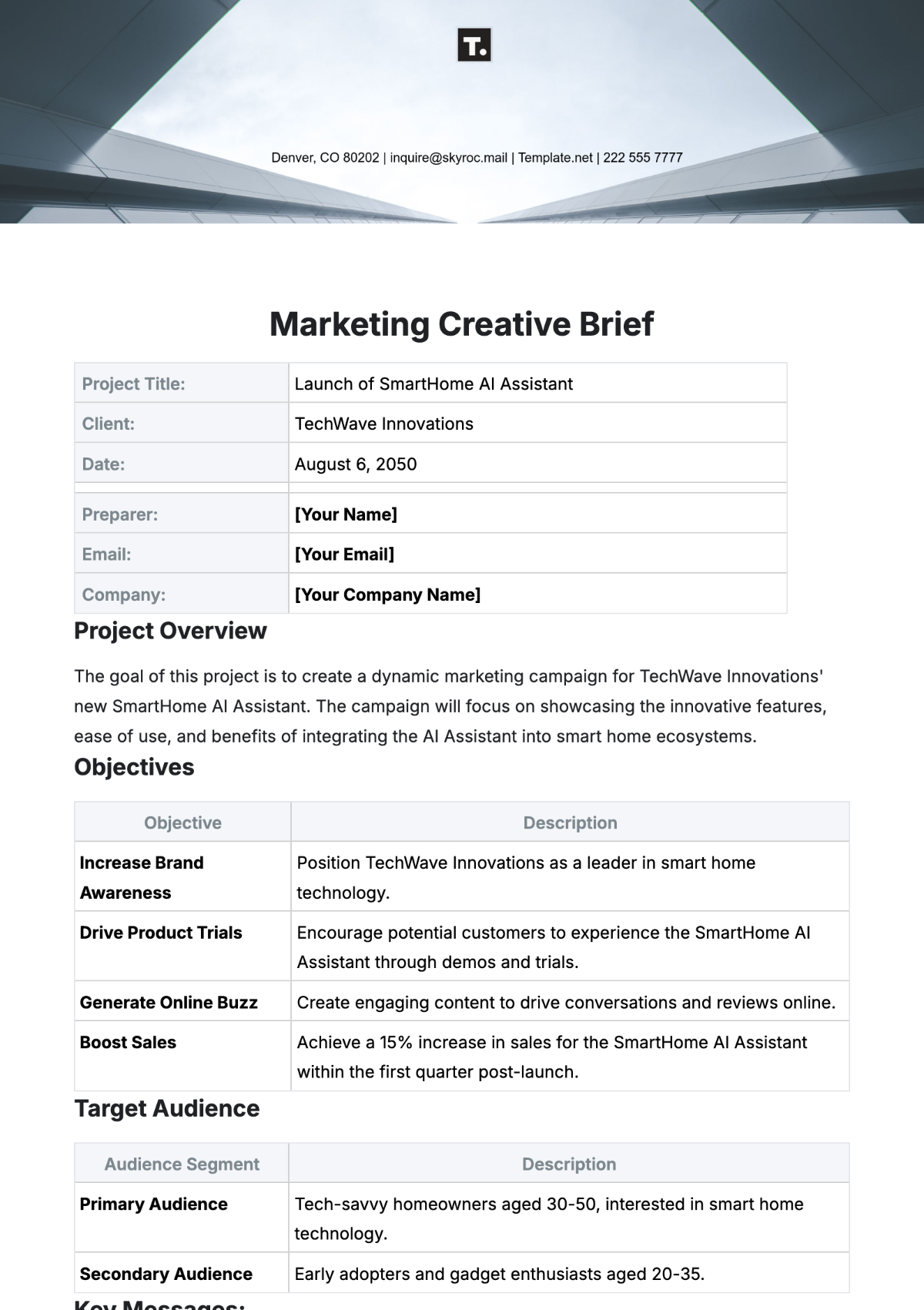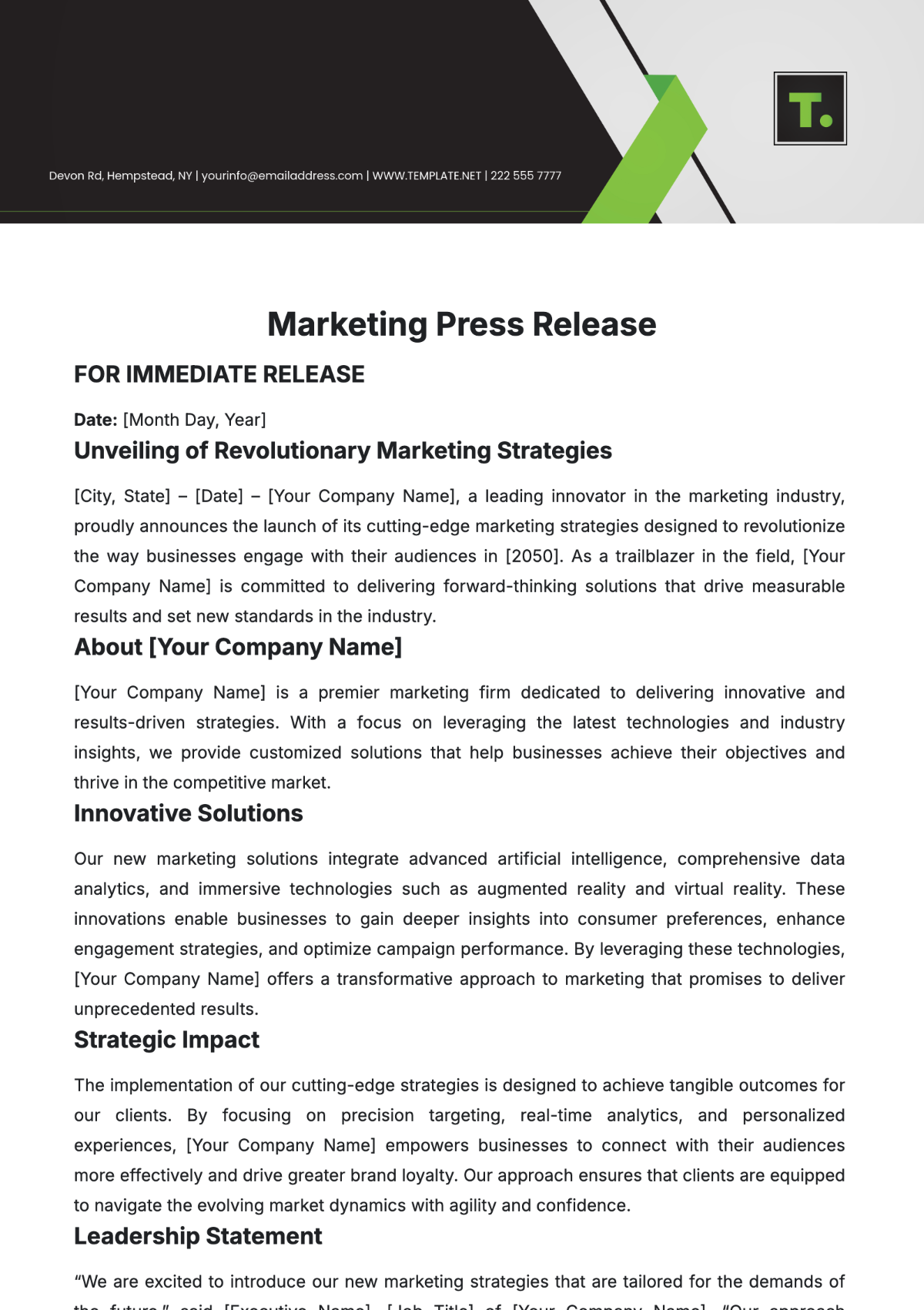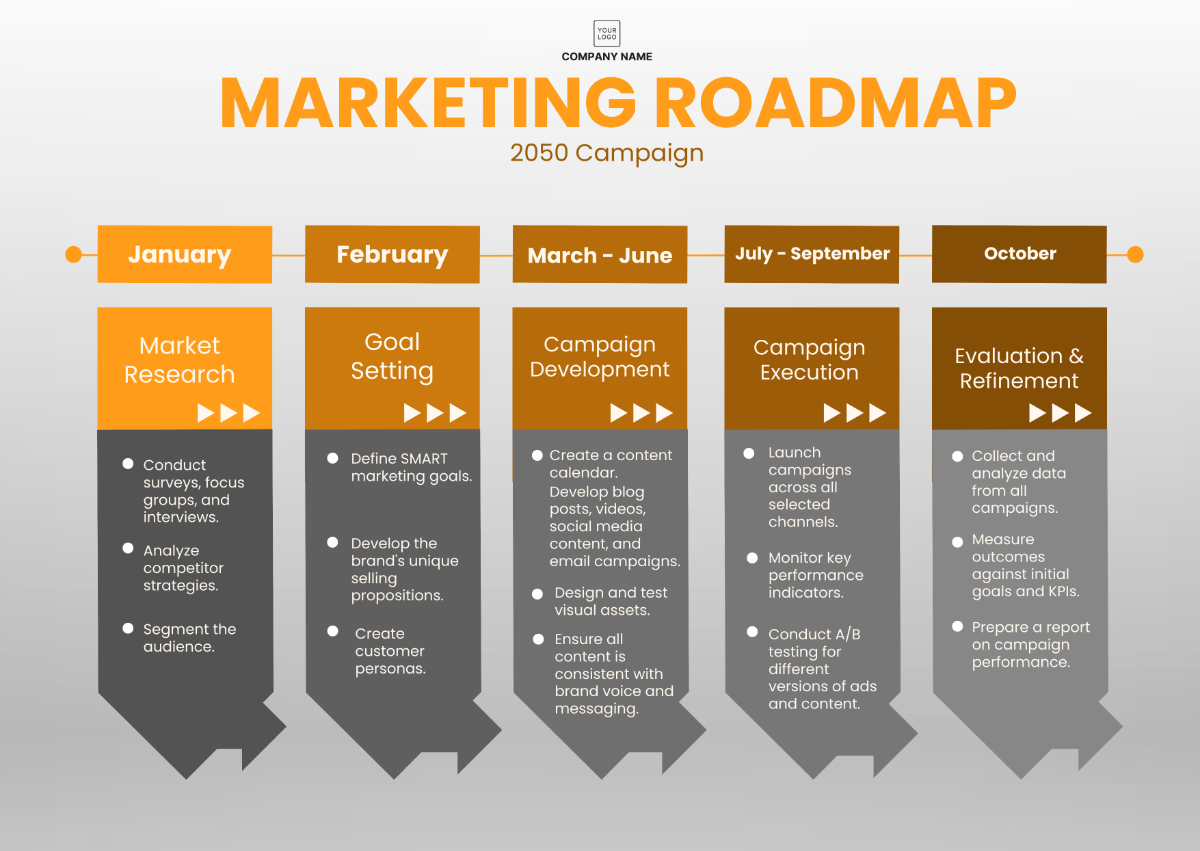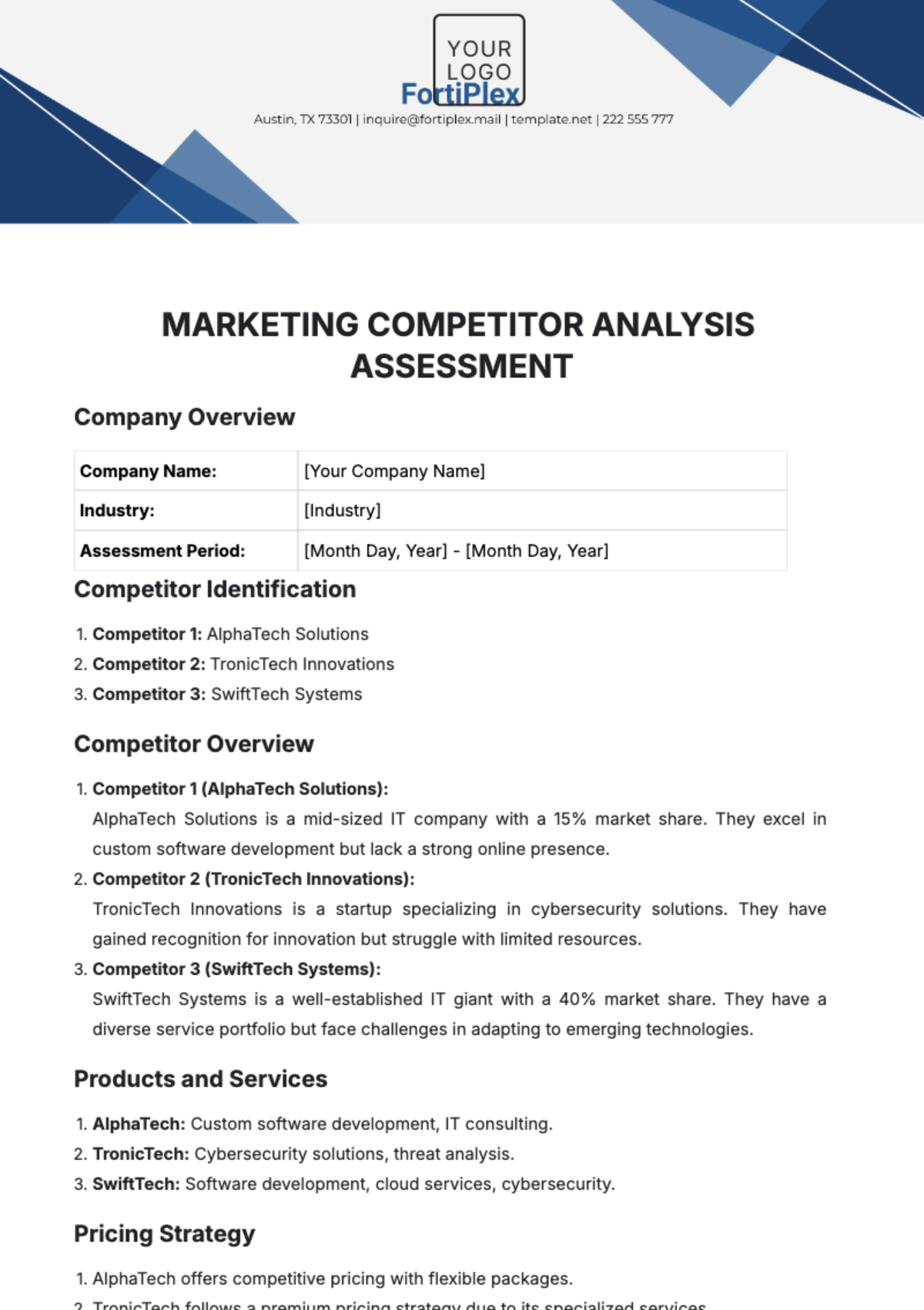Marketing Content Consistency Rubric
I. Introduction
A. Purpose of the Rubric
To ensure that technical documentation and content consistently reflect the company's branding and messaging.
B. Importance of Content Consistency
Consistency in technical documentation helps build trust, aids user comprehension, and reinforces the brand's professionalism.
C. Scope and Coverage of the Rubric
This rubric covers technical documents, manuals, guides, and knowledge-base articles produced by the technical writing team.
II. Branding Elements: Logo Usage
Aspect | Inconsistent (0-2) | Somewhat Consistent (3-5) | Consistent (6-8) | Very Consistent (9-10) |
Size and Proportions | ||||
Color Variations | ||||
Clear Space Requirements |
III. Messaging and Tone - Voice and Tone
Aspect | Inconsistent (0-2) | Somewhat Consistent (3-5) | Consistent (6-8) | Very Consistent (9-10) |
Consistency in Style | ||||
Appropriate Tone |
IV. Content Types
A. Website Content
1. Landing pages
Confirm that landing page content aligns with the approved messaging.
2. Blog posts
Ensure that blog posts incorporate technical content consistently.
3. Product descriptions
Maintain consistent language and formatting for product descriptions.
B. Social Media
1. Posts and updates
Ensure that social media posts related to technical content adhere to messaging guidelines.
2. Captions and hashtags
Use consistent captions and relevant technical hashtags.
3. Imagery and graphics
Maintain visual consistency in technical posts.
V. Target Audience - Content Relevance
Aspect | Inconsistent (0-2) | Somewhat Consistent (3-5) | Consistent (6-8) | Very Consistent (9-10) |
Audience Segmentation | ||||
Content Relevance |
VI. Distribution Channels
A. Consistency Across Channels
Verify that technical content is consistent across the website, knowledge base, social media, and support materials.
VII. Style Guide Compliance
A. Adherence to Style Guide
Ensure that technical documentation follows the guidelines set in the company's style guide for formatting and terminology.
B. Updates and Revisions
Regularly update and maintain the style guide to reflect changes in technical writing practices.
VIII. Legal and Compliance - Legal and Regulatory Requirements
Aspect | Inconsistent (0-2) | Somewhat Consistent (3-5) | Consistent (6-8) | Very Consistent (9-10) |
Compliance with Standards | ||||
Consistent Disclaimers |
IX. Timing and Scheduling
A. Content Release Schedules
Coordinate technical content releases with product updates and releases.
B. Timeliness
Ensure that technical documentation is published in a timely manner to support product launches and updates.
X. Quality Assurance
A. Proofreading and Editing
Review technical content for accuracy, spelling, grammar, and consistency.
B. Content Quality
Maintain high-quality technical content that is clear, accurate, and helpful to users.
XI. Feedback and Revisions
Aspect | Inconsistent (0-2) | Somewhat Consistent (3-5) | Consistent (6-8) | Very Consistent (9-10) |
Feedback Collection Process | ||||
Responsiveness to Feedback |
XII. Conclusion and Next Steps
A. Summary of Key Findings
In this section, the marketing team should summarize the key findings based on the assessment of content consistency. This involves consolidating the results from the rubric evaluations and pinpointing areas where content may not align with brand guidelines and messaging standards. The summary should be clear and concise, highlighting both strengths and weaknesses in the current content consistency.
B. Action Items and Recommendations for Improving Content Consistency
Action Prioritization: Identify key action items and prioritize them based on significance and urgency.
Responsibility Assignment: Assign action items to specific team members or departments.
Resource Allocation: Specify the resources (personnel, tools, etc.) required for each task.
Monitoring and Reporting: Define a process for ongoing progress monitoring and reporting.
Feedback Integration: Encourage user feedback integration for continuous improvement.
Training and Development: Plan training to address identified skill gaps.
Regular Review: Schedule periodic rubric reviews and updates.
Success Metrics: Define KPIs to measure improvement in content consistency.


